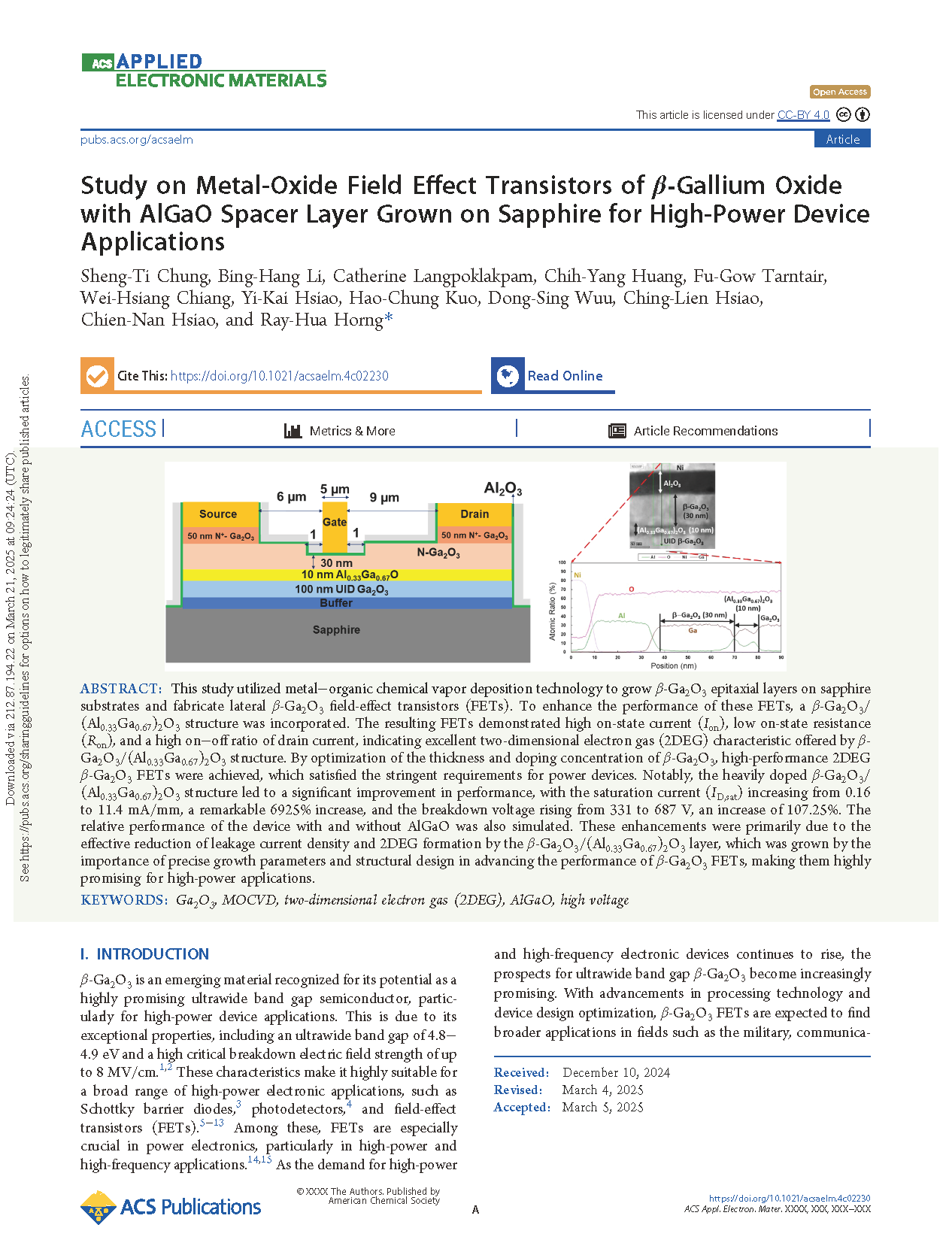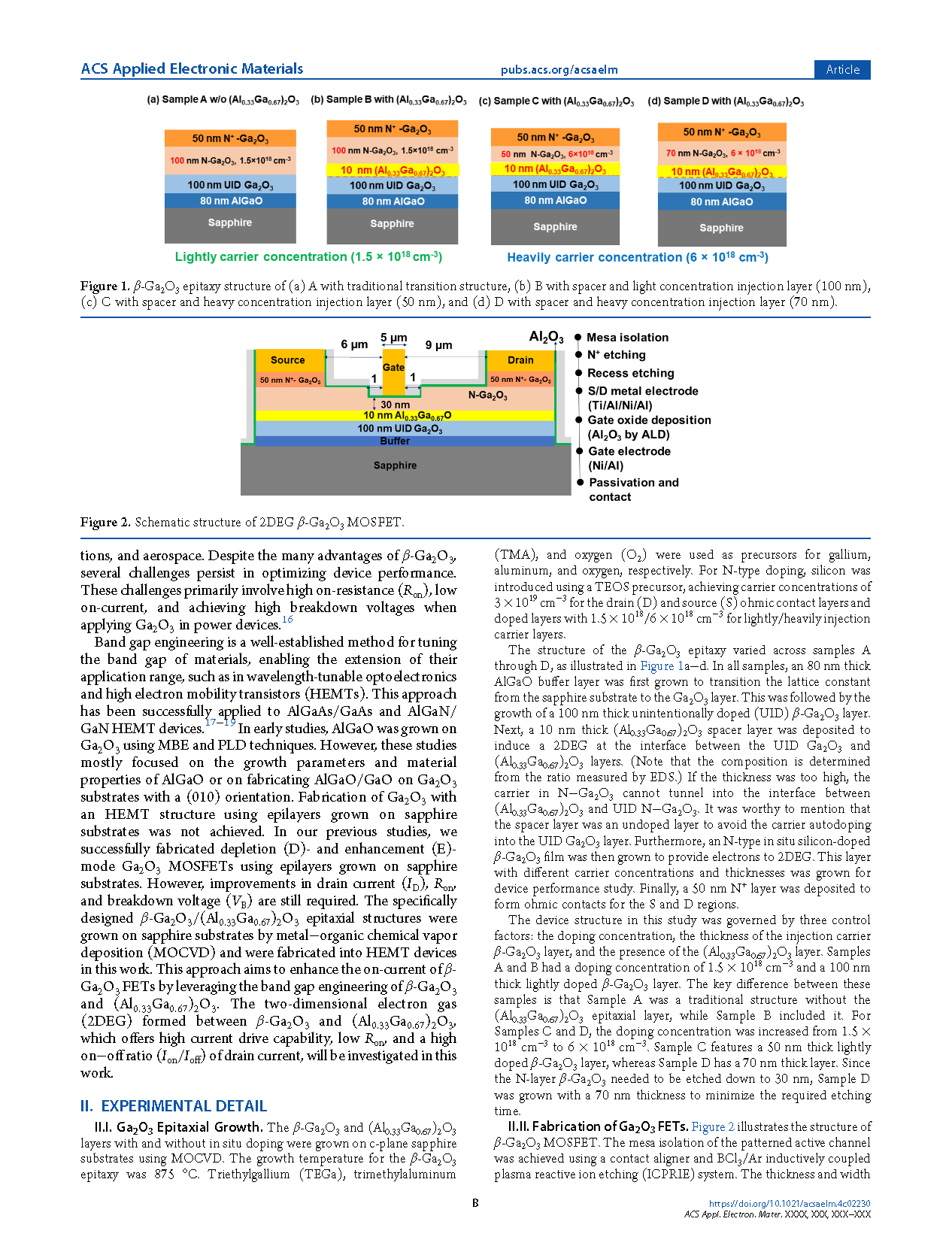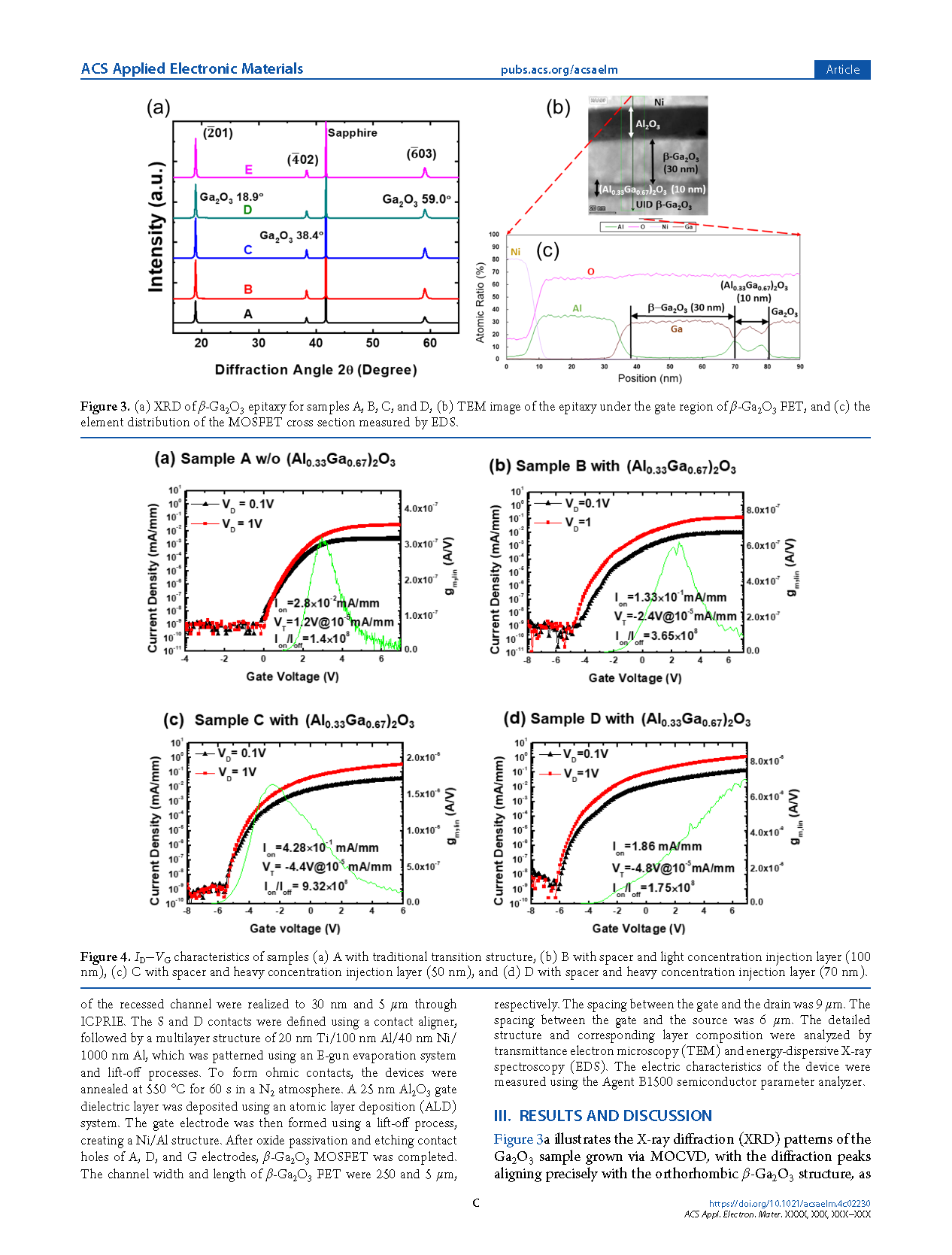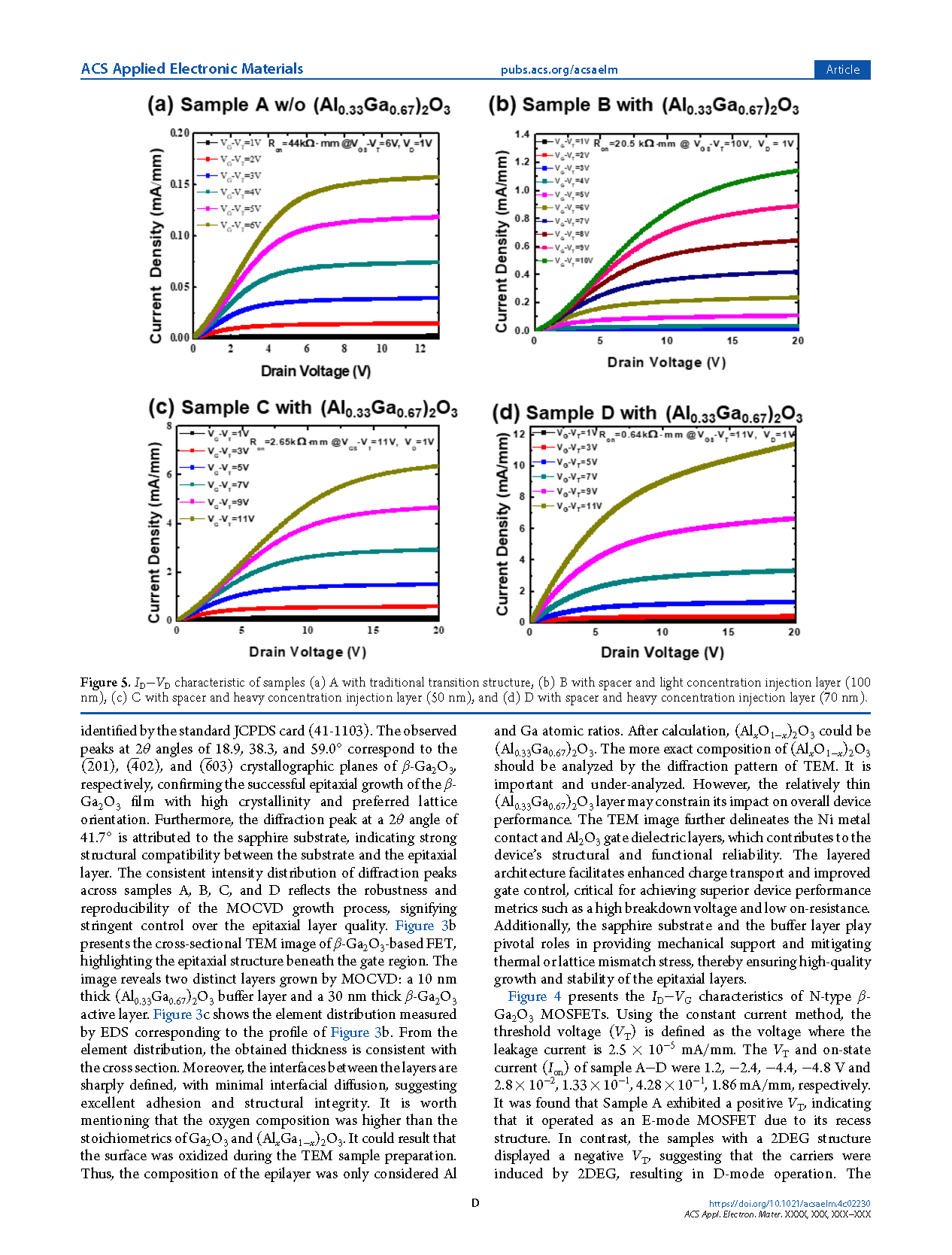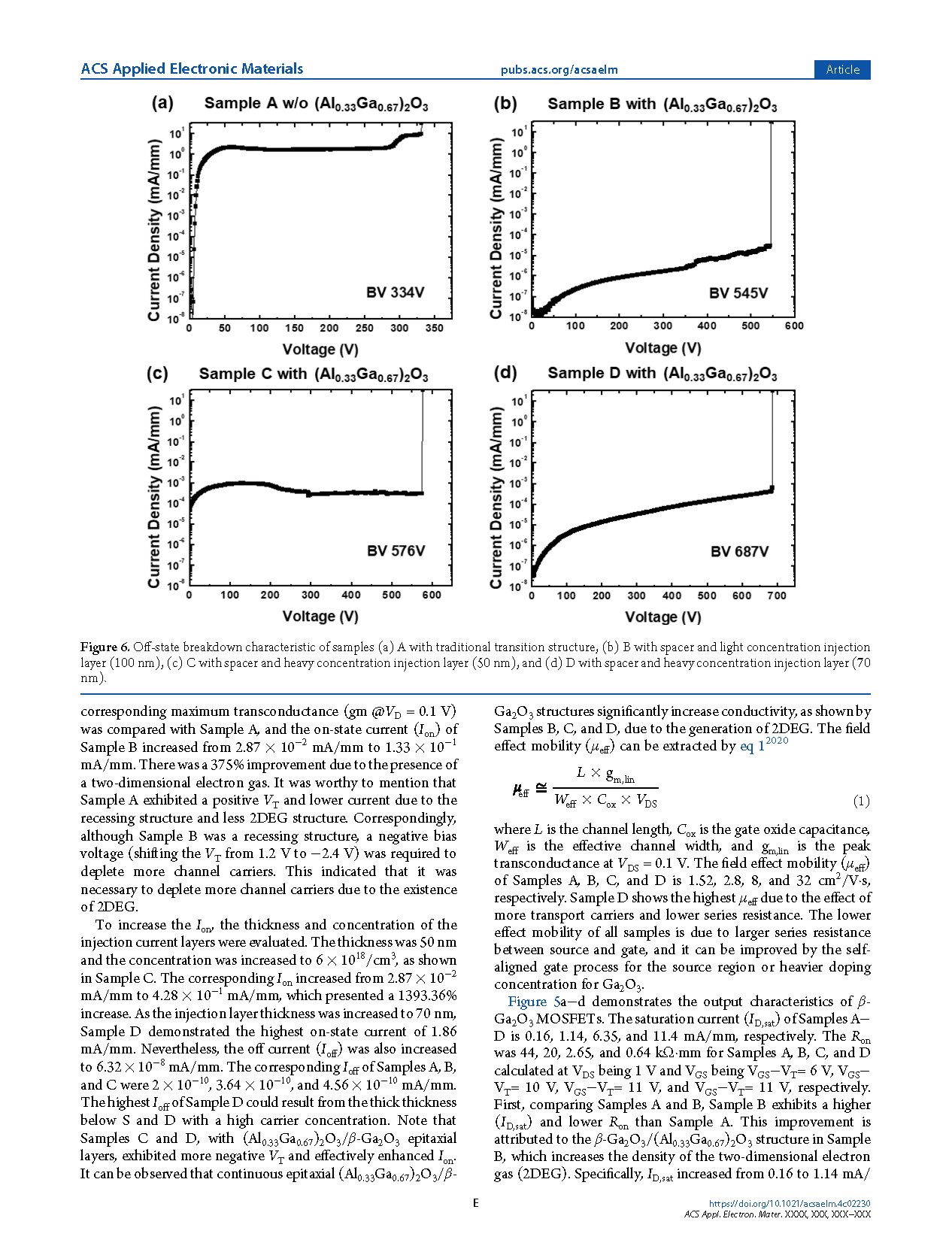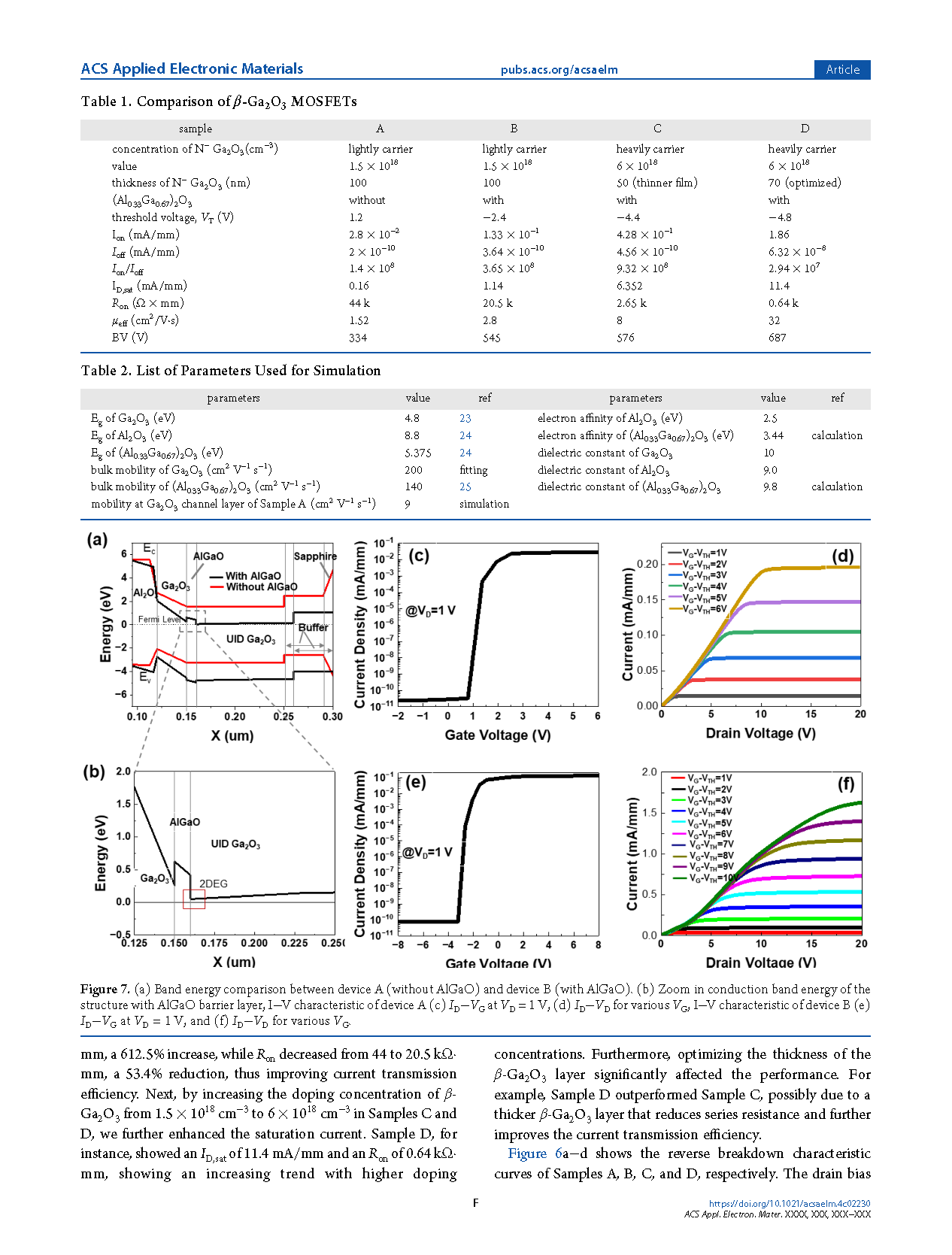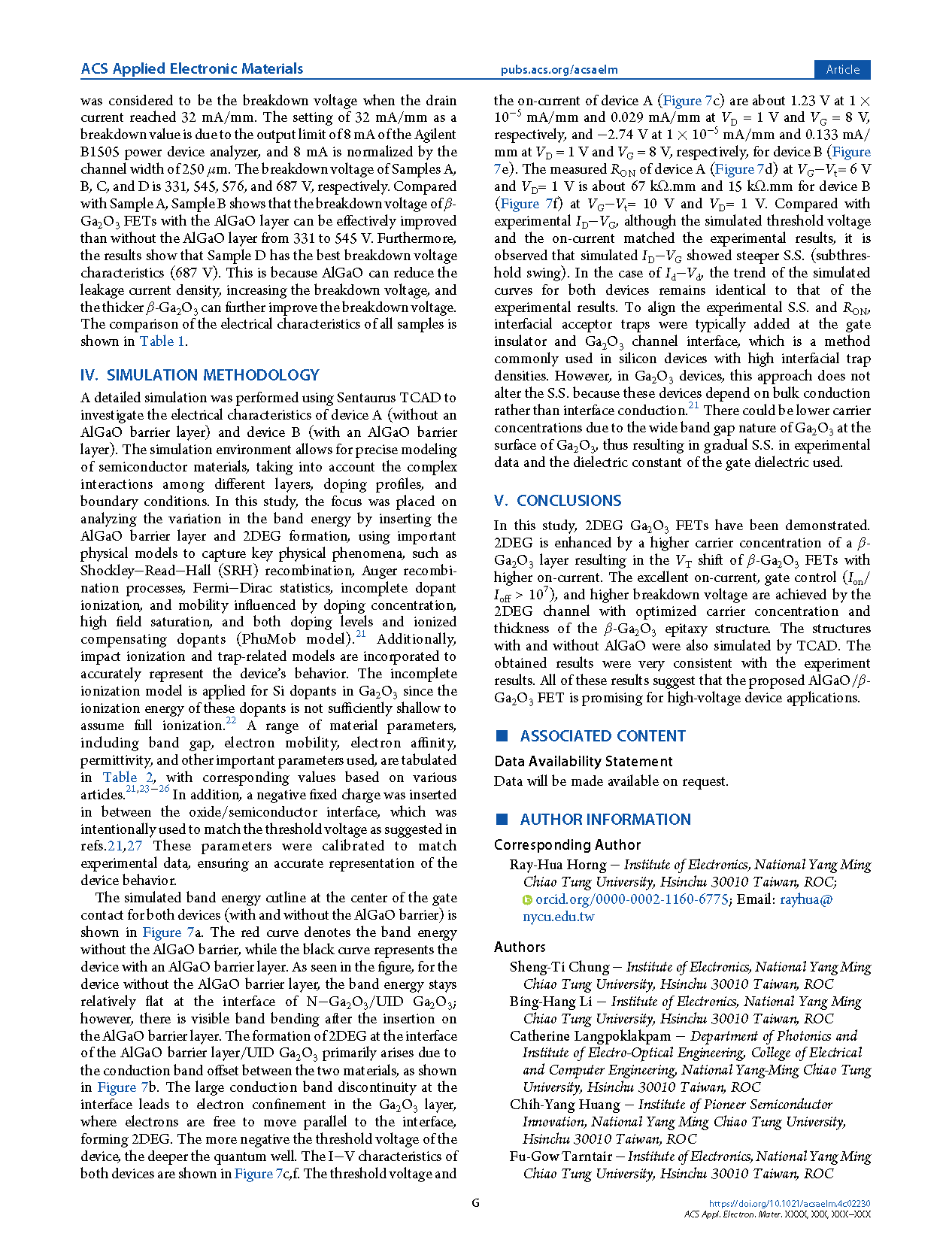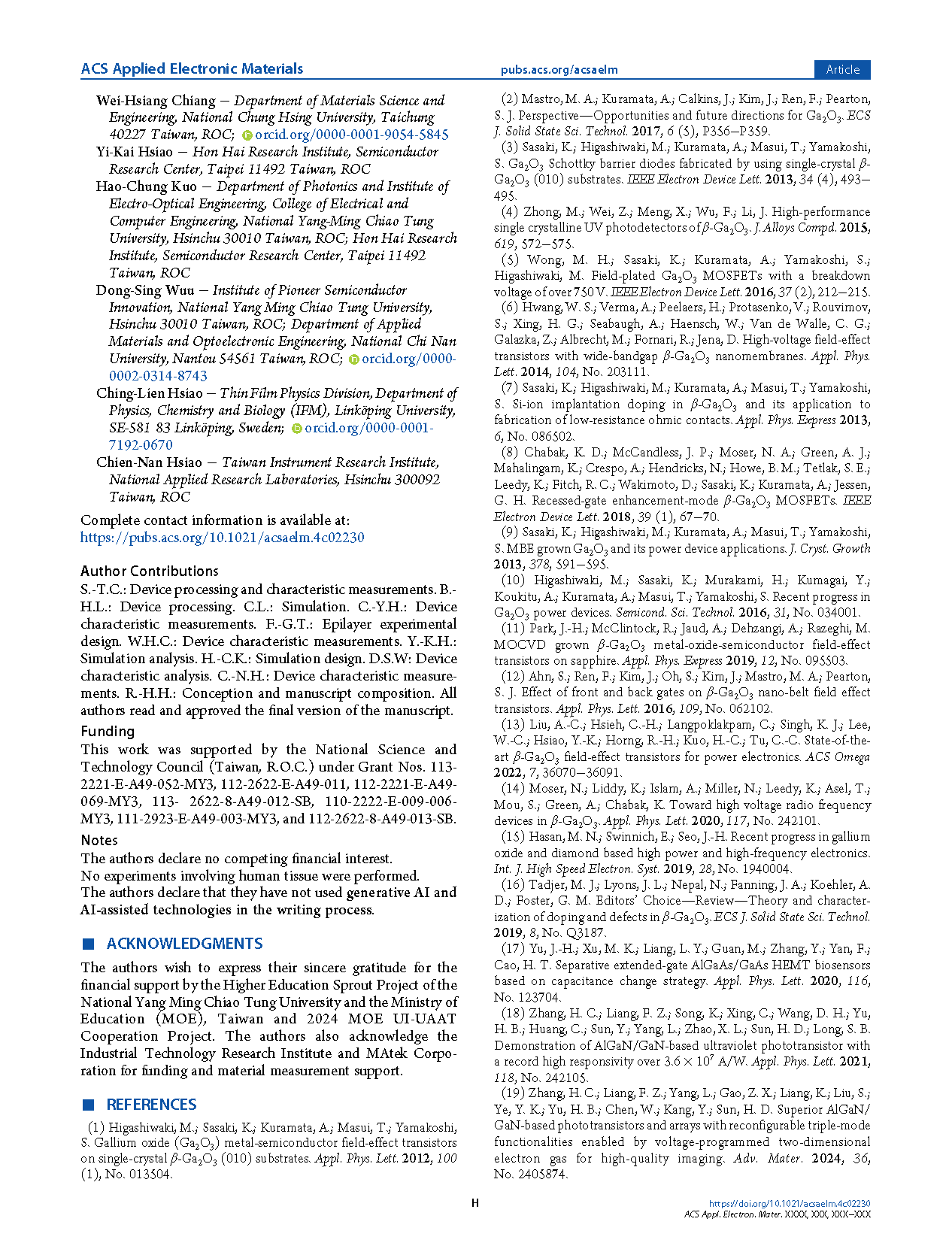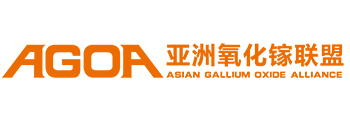

【Member Papers】 National Yang Ming Chiao Tung University --- Study on Metal-Oxide Field Effect Transistors of β-Gallium Oxide with AlGaO Spacer Layer Grown on Sapphire for High-Power Device Applications
日期:2025-03-27阅读:502
Researchers from the National Yang Ming Chiao Tung University have published a dissertation titled "Study on Metal-Oxide Field Effect Transistors of β-Gallium Oxide with AlGaO Spacer Layer Grown on Sapphire for High-Power Device Applications" in ACS Applied Electronic Materials.
Project Support
The authors wish to express their sincere gratitude for the financial support by the Higher Education Sprout Project of the National Yang Ming Chiao Tung University and the Ministry of Education (MOE), Taiwan and 2024 MOE UI-UAAT Cooperation Project. The authors also acknowledge the Industrial Technology Research Institute and MAtek Corporation for funding and material measurement support.
Abstract
This study utilized metal–organic chemical vapor deposition technology to grow β-Ga2O3 epitaxial layers on sapphire substrates and fabricate lateral β-Ga2O3 field-effect transistors (FETs). To enhance the performance of these FETs, a β-Ga2O3/(Al0.33Ga0.67)2O3 structure was incorporated. The resulting FETs demonstrated high on-state current (Ion), low on-state resistance (Ron), and a high on–off ratio of drain current, indicating excellent two-dimensional electron gas (2DEG) characteristic offered by β-Ga2O3/(Al0.33Ga0.67)2O3 structure. By optimization of the thickness and doping concentration of β-Ga2O3, high-performance 2DEG β-Ga2O3 FETs were achieved, which satisfied the stringent requirements for power devices. Notably, the heavily doped β-Ga2O3/(Al0.33Ga0.67)2O3 structure led to a significant improvement in performance, with the saturation current (ID,sat) increasing from 0.16 to 11.4 mA/mm, a remarkable 6925% increase, and the breakdown voltage rising from 331 to 687 V, an increase of 107.25%. The relative performance of the device with and without AlGaO was also simulated. These enhancements were primarily due to the effective reduction of leakage current density and 2DEG formation by the β-Ga2O3/(Al0.33Ga0.67)2O3 layer, which was grown by the importance of precise growth parameters and structural design in advancing the performance of β-Ga2O3 FETs, making them highly promising for high-power applications.
Conclusions
In this study, 2DEG Ga2O3 FETs have been demonstrated. 2DEG is enhanced by a higher carrier concentration of a β-Ga2O3 layer resulting in the VT shift of β-Ga2O3 FETs with higher on-current. The excellent on-current, gate control (Ion/Ioff > 107), and higher breakdown voltage are achieved by the 2DEG channel with optimized carrier concentration and thickness of the β-Ga2O3 epitaxy structure. The structures with and without AlGaO were also simulated by TCAD. The obtained results were very consistent with the experiment results. All of these results suggest that the proposed AlGaO/β-Ga2O3 FET is promising for high-voltage device applications.

Figure 1. β-Ga2O3 epitaxy structure of (a) A with traditional transition structure, (b) B with spacer and light concentration injection layer (100 nm), (c) C with spacer and heavy concentration injection layer (50 nm), and (d) D with spacer and heavy concentration injection layer (70 nm).
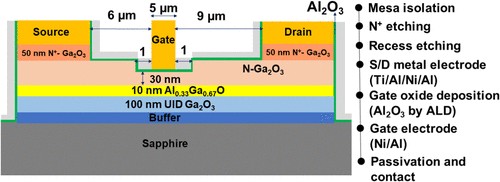
Figure 2. Schematic structure of 2DEG β-Ga2O3 MOSFET.
DOI:
doi.org/10.1021/acsaelm.4c02230
